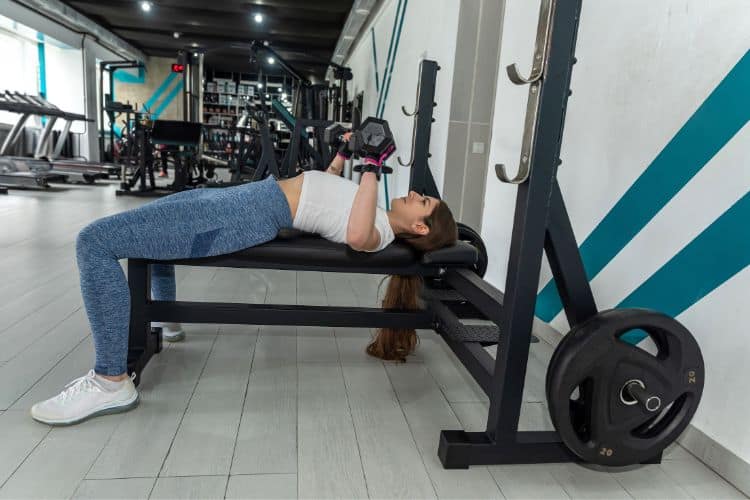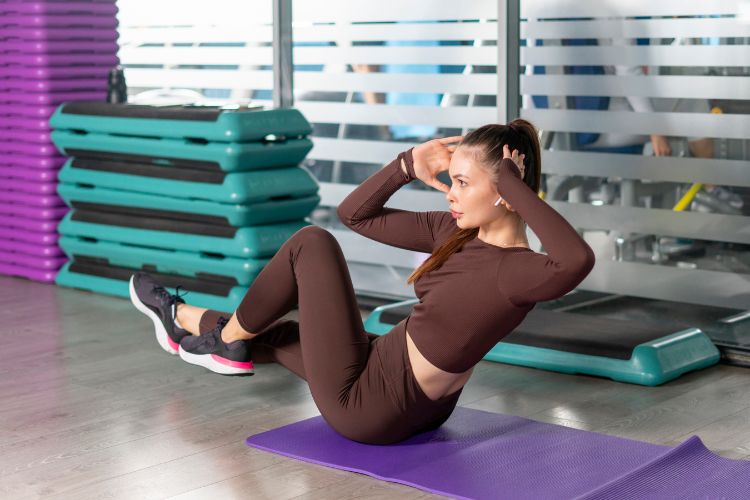Sign up for workout ideas, training advice, reviews of the latest gear and more.






In the universe of diet and health advice, one phrase that consistently rings true is “everything in moderation”. A balanced, moderate approach can be a sustainable path to better health, particularly when it comes to weight loss. For women looking to shed some pounds and establish a healthier relationship with food, portion control and weight loss can be an effective, practical strategy.
Portion control refers to regulating the amount of food you consume in one sitting. It’s not about depriving yourself of the foods you love, but rather about being mindful of the quantities you consume. This way, you can enjoy your favorite foods without overeating or creating an unhealthy calorie surplus, two significant obstacles to weight loss.
Modern living often presents us with oversized portions, from fast-food meals to restaurant servings. Even at home, it’s easy to serve ourselves more than we need. Over time, this normalizes consuming larger quantities of food, leading to excessive calorie intake and weight gain.
Portion control, when applied correctly, can help you maintain a balanced diet, regulate your calorie intake, and reduce the risk of overeating. It is a lifestyle habit that promotes weight loss without the need for drastic or fad diets.
When it comes to weight loss, the equation is quite simple: the energy you take in through food should be less than the energy you expend in a day. This is known as creating a calorie deficit.
Practicing portion control is an efficient way to create this calorie deficit. By reducing the amount you eat in each meal, you are more likely to reduce your total calorie intake, making weight loss easier to achieve. Moreover, portion control encourages a mindful approach to eating, helping you tune into your body’s actual hunger and fullness cues.
Here are some practical tips to get you started on portion control:
Use smaller dishware: One study found that people tend to consume less food and drink when they are presented in smaller containers. Using smaller plates, bowls, and cups can trick your mind into thinking you’re eating more than you are.
Follow the “plate rule”: This is a simple and efficient way to manage your portions. Fill half your plate with non-starchy vegetables, a quarter with lean proteins, and the final quarter with whole grains or other complex carbs. This ensures a balanced meal that is both satisfying and nutritious.
Listen to your body: Your body sends signals when it is hungry or full. By paying attention to these cues, you can stop eating when you are satisfied rather than when your plate is empty.
Meal Prep: Preparing meals ahead of time helps with portion control because it allows you to decide the amount of food you consume in advance. It eliminates the tendency to overeat when you are very hungry.
Hydrate: Sometimes, our bodies mistake thirst for hunger. Drink plenty of water throughout the day to ensure you’re well hydrated.
Slow down: It takes about 20 minutes for your brain to register that you’re full. By eating slower, you can give your body the time it needs to recognize its fullness.
While portion control is a practical strategy for weight loss for both men and women, it’s essential to note that women often have different nutritional needs. Factors such as hormonal changes, menopause, and even stress can influence women’s weight loss. Therefore, ladies, while you’re mastering portion control, don’t forget to nourish your bodies with the essential nutrients it needs. Choose high-quality proteins, fiber-rich vegetables and fruits, and healthy fats to fill your plate.
In conclusion, portion control is a viable strategy for weight loss. It encourages a balanced diet, prevents overeating, and is a sustainable habit for long-term health. It’s not about food restriction but about learning to enjoy a variety of foods in moderation.
Remember, everyone’s journey is unique. What works for one person may not work for another. Listen to your body and consult a registered dietitian or nutritionist if you need further guidance. Ultimately, the goal is not just to lose weight but to create a healthier, happier relationship with food and your body.
Stay up to date on the latest women’s health, fitness and lifestyle trends and tips.